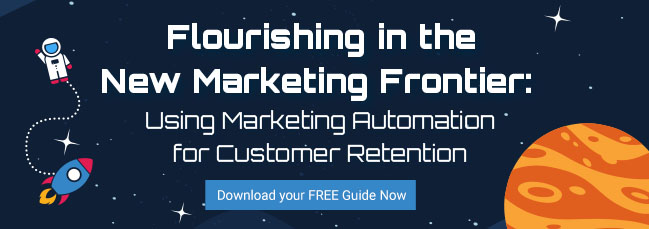
A staggering 87 percent of customers think brands need to put more effort into providing a seamless experience, according to a survey conducted by Zendesk. A lot of prep work goes into creating a great customer experience. Part of that prep – and an element that can often be overlooked – includes creating a customer journey map. While they can take many different forms, a customer journey map visually tells the story of the customer’s experience from initial contact through to loyal relationship. This valuable tool can help organizations identify potential shortcomings and opportunities along their customers’ paths, and ultimately help them create the seamless customer experience that customers crave.
It’s important to note that different businesses approach customer journey maps in different ways. Some organizations have a single customer journey map, but it is more common to develop multiple maps. These can be customized to reflect different personas or the distinct journeys of buyers of different types of products or services.
Customer journey maps often look similar to an infographic, but could also be a storyboard or even a video. Regardless of the design, simplicity is key. While each actual customer’s journey could be quite complex, too many specifics or multiple paths within a journey map can diminish the tool’s effectiveness as an at-a-glance window into the customer experience.
Below, we see a fictitious example of a customer journey map for a company that makes pressure cookers. Notice that it’s easy to visually consume at-a-glance, it’s straightforward and it breaks down each step according to the buyer’s cycle to help create a simple frame of reference.
From developing your buyer personas, your organization may already have a great deal of insight into your customer’s journey from prospect to loyal customer. Many of the same quantitative and qualitative tools used to develop personas can also be used to round out existing knowledge about customer journeys. Web intelligence tools are a great way to see how customers discover and learn more about your company. Surveys and interviews are also effective for learning about customer touchpoints, actions and motivations. Some questions to ask in surveys or interviews include:
- How did you hear about our company?
- How long after you heard about our company did you make your first purchase?
- What were some deciding factors in making that initial purchase?
- What problems are you trying to solve by using our products or services?
- Will you consider making purchases from our company in the future?
Understanding buyer touchpoints is another critical component of developing customer journey maps. A touchpoint refers to any time a customer comes in contact with your brand, regardless of where they are in the buyer’s cycle. So, what do those touchpoints look like for your brand? You will want to take into account both the online and offline interactions customers have with your organization. Ask stakeholders in customer-facing positions – sales and customer service are two helpful resources – within your organization to help you build out an exhaustive list of touchpoints to consider in your customer journey maps. This is another place where web intelligence can help you understand how customers are engaging and doing business with your brand.
Happy Marketing!








